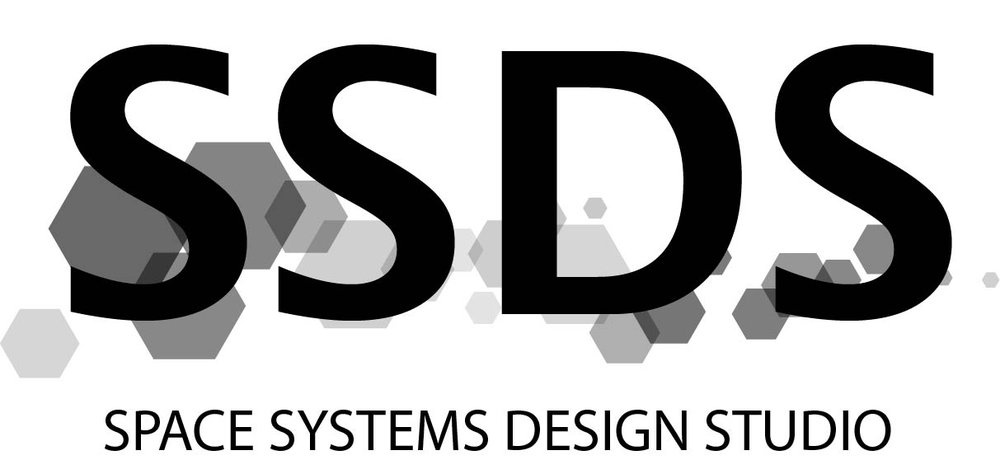Sprite Spacecraft
Spacecraft are always means to an end. The size and shape of a spacecraft, the types of actuators and sensors that it employs, and every other aspect of its design depends entirely on the goal that it was constructed to accomplish. This goal is typically the acquisition of data or the completion of some task of scientific or commercial relevance. The spacecraft itself is never the goal. It is the job of a spacecraft engineer to identify every performance and design requirement that the machine must meet in order to accomplish its ultimate task, and only then to design the spacecraft such that every one of those requirements is met. Different goals lead to different requirements, which lead to the wildly varied appearances and architectures of spacecraft.
The Sprite spacecraft appears radically different from any other spacecraft because it was designed to meet an unprecedented set of requirements. The requirements for the Sprite were unprecedented because the ultimate goal - the ends for which the Sprite is the means - was itself unprecedented. The Sprite was not designed to gather data of a specific sort, nor was it designed to accomplish a specific commercial purpose. The goal was to increase access, participation, and collaboration in space as radically as possible. The Sprite is optimized to meet the requirements associated with that goal.
Cost
A spacecraft that radically improves access and collaboration in space must be as cheap as possible. As varied in design and architecture that conventional spacecraft are, most are alike in that they are expensive enough to be the purview of governments and large companies alone. The Sprite, by contrast, carries only $50 of components. By taking advantage of the commercial-off-the-shelf (COTS) electronics that have been made so affordable by the cell phone and gaming industries, the Sprite is capable of fulfilling all the necessary command and data handling, attitude determination, attitude control, sensing, and orbit-to-Earth communication that one requires of a spacecraft for tens of dollars rather than tens of thousands.
Furthermore, the size and shape of the Sprite is optimized such that an extremely large number can be launched at a single time. As a part of the 2014 KickSat mission, over 100 early-generation Sprites were carried into orbit by a single 3U (10 cm x 10 cm x 30 cm) cubesat. By carrying a large number of Sprites to orbit at once, the cost per Sprite of launch is decreased substantially. The Sprite looks the way that it does because it is most cost effective for a spacecraft to be extremely compact and extremely lightweight.
Barrier to Entry
Cost is not the only reason that there is so little participation in space. The other extremely important reason that more people do not get involved in building and launching spacecraft is that most people do not know how to build and launch spacecraft. There is traditionally a lot of knowledge debt associated with successfully accomplishing such a task. The Sprite is optimized to lower that barrier to entry as much as possible.
One means by which the Sprite accomplishes this is by not requiring that the user build any physical hardware. A Sprite can be purchased in a development kit, much like an Arduino or a similar development board, and comes outfitted with sensors, radio, and example software. Furthermore, the Sprite is programmed from the Arduino development environment (free and open-sourced software that requires very little programming experience to use) and it uses sensors with open-sourced Arduino libraries from companies like SparkFun and Adafruit. Instructions for downloading and using all necessary software are available at github.com/vha3/Sprite. Inexperienced developers can use the example software to take measurements from sensors, actuate the torque coils, and communicate with the Earth, while the development environment also makes it easy for advanced researchers to write more complex software to achieve more subtle goals.
Collaboration
Increasing participation in space requires that one also increase collaboration in space. As a community of developers writes and shares more knowledge and software, the barrier to entry for inexperience users gets lower. The Sprite meets this requirement by being entirely open-sourced. Much like Arduino, users are encouraged to give back to the community of developers.
Customizability
An important means of increasing participation in space is enabling access to people with widely varied interests. One means of accomplishing this is to provide the spacecraft with as many sensors as possible, and actuators with sufficient control authority to point and steer the chip. The chipsat features four TriSolX solar wings; a Texas Instruments CC430 microcontroller, temperature sensor, and radio system-on-chip (SoC); an STMicroelectronics 9-degree-of-freedom inertial measurement unit (3D accerometer, 3D gyroscope, 3D magnetometer); two phototransistors for approximate Sun-vector determination; and a set of torque coils. The Sprites are capable of serial and wireless RF programming, contactless inductive charging, active attitude determination and attitude control. As much capability as possible is squeezed onto and into the 3.5 x 3.5 centimeter board.
Furthermore, the Sprite is entirely open-sourced, with all necessary files for manufacturing the spacecraft available at github.com/vha3/Sprite. Should a user be interested in taking a measurement or performing a task that is not possible with the existing sensor and actuator suite, that user could easily download and modify the spacecraft itself to meet her own needs. This customizability makes the Sprite a malleable platform capable of supporting hugely varied interests.

